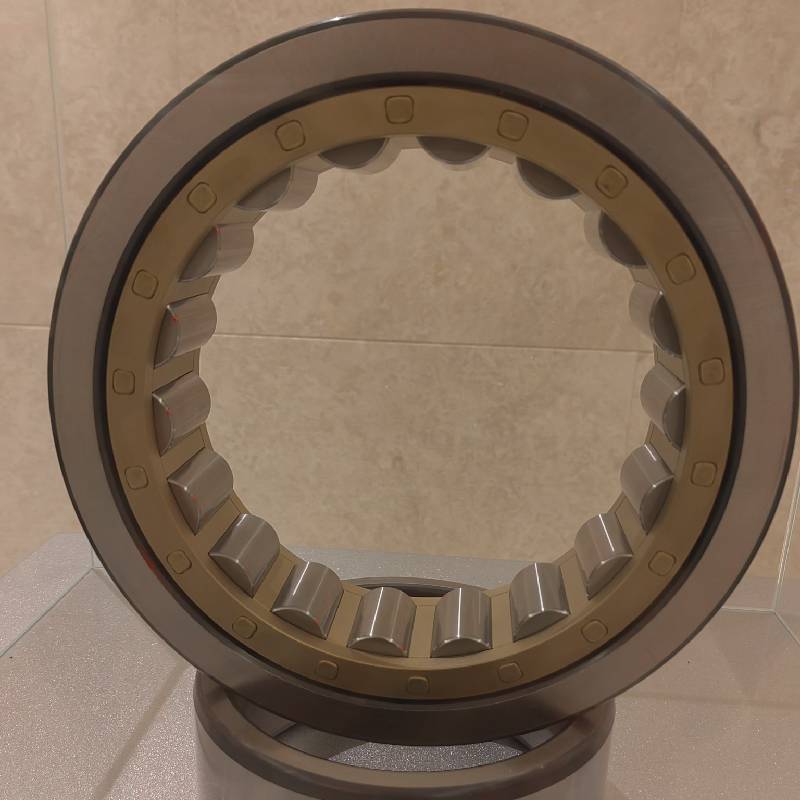
Nov . 27, 2024 23:10 Back to list
Exploring the Benefits and Applications of SRB Bearings in Modern Engineering
Understanding SRB Bearings An Overview
SRB bearings, or Spherical Roller Bearings, are a crucial component in various mechanical systems, renowned for their ability to accommodate misalignment and handle heavy loads. This article delves into the intricacies of SRB bearings, their applications, advantages, and the factors to consider when selecting the right bearing for your needs.
What Are SRB Bearings?
Spherical roller bearings are characterized by their unique design, which consists of an inner ring, an outer ring, a cage, and multiple spherical rollers. The bearing's spherical shape allows the rollers to pivot, hence accommodating misalignment that might occur due to shaft deflection or installation inaccuracies. This feature makes SRB bearings particularly valuable in applications where load and alignment conditions can vary.
Applications of SRB Bearings
SRB bearings find wide-ranging applications across various industries. Commonly, they are utilized in
1. Heavy Machinery Due to their capability to support heavy radial and axial loads, SRB bearings are commonly found in construction and mining equipment.
2. Agriculture In farming machinery such as tractors and harvesters, these bearings help ensure smooth operation under harsh conditions.
3. Automotive Industry SRB bearings are also used in automotive applications, particularly in wheel hubs and suspension systems.
4. Industrial Equipment They are integral to conveyor systems, turbines, and other equipment that experience high loads and potential misalignment.
Advantages of SRB Bearings
The benefits of choosing SRB bearings over other types include
srb bearing

1. High Load Capacity They are designed to support both radial and axial loads, making them ideal for demanding applications.
2. Self-Alignment The spherical roller design allows for self-alignment, which greatly reduces the risk of premature wear due to misalignment.
3. Robustness SRB bearings are built to withstand harsh operating conditions, making them reliable over extended periods of use.
4. Versatility They can be used in a variety of settings, from heavy industrial machinery to light automotive components.
Selecting the Right SRB Bearing
When choosing the right SRB bearing for your application, consider several key factors
1. Load Specifications Assess the types of loads the bearing will encounter, including maximum load capacity and load direction.
2. Operating Conditions Analyze the environment in which the bearing will operate. Factors such as temperature, moisture, and contamination levels can significantly influence bearing performance.
3. Speed Requirements Consider the rotational speed that the bearing will achieve. Some bearings are designed for high-speed applications, while others are better suited for lower-speed operations.
4. Maintenance Needs Determine the maintenance schedule you can adhere to. Some SRB bearings are designed with features that minimize the need for frequent maintenance, which can be beneficial in hard-to-reach areas.
Conclusion
SRB bearings play an essential role in ensuring the efficiency and reliability of various mechanical systems. Their unique design, coupled with their ability to handle high loads and misalignment, makes them a preferred choice in many industries. By understanding the characteristics and advantages of SRB bearings, as well as considering the specific requirements of your application, you can make an informed decision that enhances the performance and longevity of your machinery. This knowledge not only helps in selecting the right product but also contributes to the smooth operation of mechanical systems across numerous sectors.
Latest news
-
Premium Deep Groove Ball Bearings | High Speed & Reliability
NewsAug.29,2025
-
Durable Scaffolding Clamps - Secure & Reliable Tube Connectors
NewsAug.28,2025
-
Common Failures in Thrust Ball Bearings and Solutions
NewsAug.22,2025
-
How Tapered Roller Bearings Can Take Shock Loads
NewsAug.22,2025
-
Angular Bearings in High-Precision Spindles
NewsAug.22,2025
-
The Impact of Misalignment on Cylindrical Roller Bearing Performance
NewsAug.22,2025
